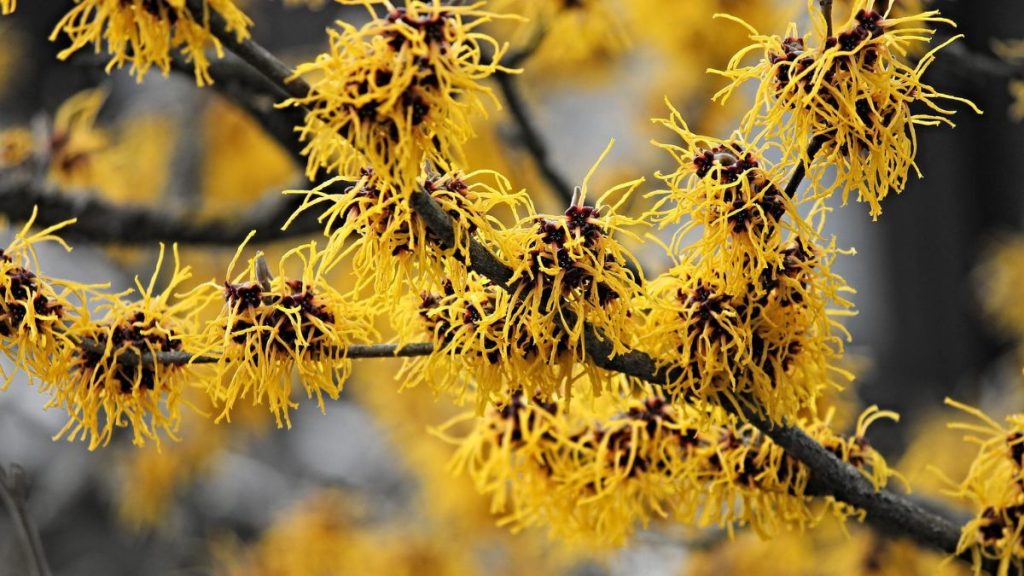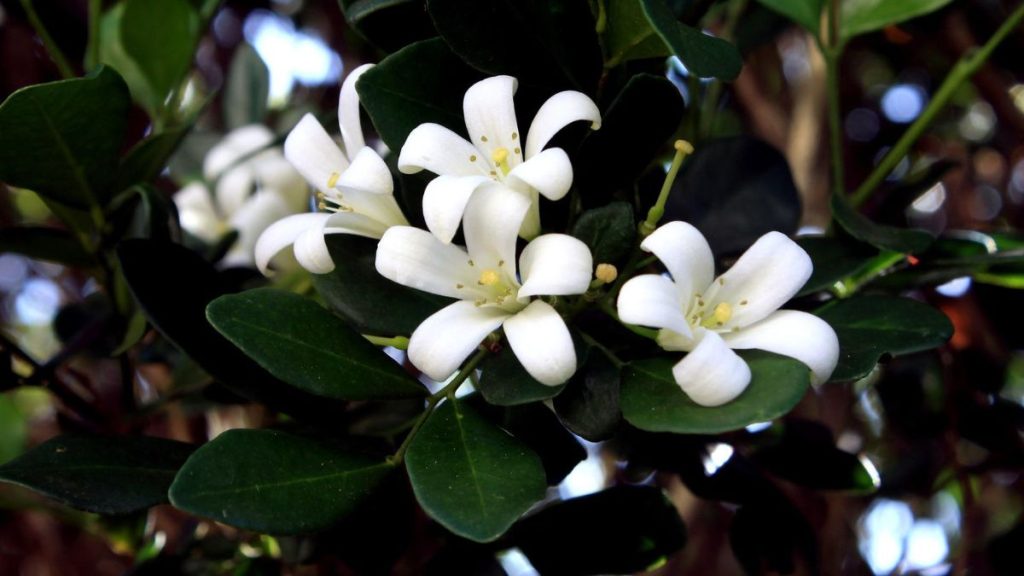Getting a winter flower delivery is the perfect way to brighten up your day. Let’s explore The 10 best winter flowers that bloom in wintertime. Although the arrival of autumn means it’s time to start thinking about how to protect your garden plants from the harsh winter months, you can still find wide lovely varieties that can handle the cooler weather. Even if you can’t afford to relocate to San Diego or Palm Beach, you may still have a beautiful winter garden full of the flowers and vegetables of your dreams.
The following plants will thrive in your garden if you plan ahead for them during the first few months of the year when we are most in need of natural beauty and color. They’ll be the envy of all your guests when you proudly exhibit your favorite winter flower arrangements all season long. The USDA Plant Hardiness Zones Map may help you choose appropriate plants for your region.
Can you not stand another day of winter? You have been heard! Beautiful flowers aren’t only for the springtime anymore. Gardens are at their most beautiful when they can be enjoyed throughout the seasons. Annual flowers, perennials, and flowering shrubs don’t all wait for spring to start blooming, which may come as a surprise to you. There are certain plants that are so resilient that they bloom before the snow has even melted! A lot of plants continue to bloom all through the winter in warmer climes.
1. Iris

Some of the richest colors, from lavender purple to indigo blue, may be found in Algerian irises, which can bloom as early as Thanksgiving. This winter iris may appear like a princess among flowers, but it requires very little attention since it can survive dry periods and somewhat cold weather. The Algerian iris is the best choice if you want a winter bloom that is simple to cultivate and will make your garden stand out from the rest.
The 7–9 Hardiness Zone.
2. Lenten Rose
Lent roses are one of the hardiest and simple winter flowers to cultivate. There are several names for the roses we associate with Lent, including hellebores. The lenten rose may find the ideal circumstances for growing its exquisite, spiraling blossom regardless of whether you live in a region with mild winters or one where the ground may freeze. The snow will provide a stunning backdrop for the pinks, purples, and whites of the flower blossoms, which may appear anywhere from early January to late March, depending on the weather.
There are nine hardiness zones, from four to nine.
3. The Holly Bush
Snow plants, especially those with small red berries, have a bad reputation. These plants are what make the winter landscape seem so festive and crimson. While holly shrubs don’t produce flowers until early spring, their bright red berries may provide a welcome splash of color throughout the drab winter months. So that you may harvest as many berries as possible in the winter, it is recommended that you also plant a male pollinator bush.
Indicative of a hardiness level between 5 and 9
4. Camellia
The camellia, which is sometimes referred to as the “queen of winter flowers,” is, of course, one of the most stunning blossoms of any season. The intricate arrangements of petals on a camellia flower provide a mesmerizing appearance when seen from the center outward. There is a preponderance of crimson and pink hues among the blossoms. Being the queens that they are, camellias may be finicky about anything from soil to sunlight. If you put in the effort, though, you will be rewarded with a stunning winter blossom.
Range of hardiness: 6-10
5. Witch Hazel

Despite its Halloween-sounding moniker, witch hazel is really a wintertime plant. Yellow petals surround a rich wine-purple core in these winter blooms. Although the blossoms of the witch hazel tree are tiny and fragile, like the twisting and turning of a witch’s nails, the tree from which they originate may reach a height of several feet.
These winter plants are great since they may continue to bloom all the way into December.
Range of hardiness: 4-8
More on Animesonnet.com: 10 Plants with Spiky Leaves, here
6. Violet and Pansy
The viola family, which includes pansies and violets, produces little flowers with big, bright colors; when planted in dense groups, they may make your winter garden seem like springtime springs three months early. Sun is essential for violas, and they may live year-round in warm places like California and Florida. The wide range of colors available, compact size, and minimal maintenance requirements of violas make them a popular choice as winter flowers. To extend the flowering season of these winter plants, select the blooms that have already blossomed. This is something you or any little children in your life would love.
There are nine different hardiness zones, numbered 3 through 9.
7. Aconite
You may recognize winter aconites by the tiny size and buttercup appearance of the wild varieties you may have seen in your yard. You can always count on seeing brilliant yellow blossoms of winter aconites poking out through a little covering of snow since these plants are yellow and thrive in hard winters. Because of its moderate toxicity, winter aconite should not be planted in yards with children or dogs who could accidentally nibble on the plants.
Zones 4-7 are the hardest.
8. Jasmine

Winter jasmine, with its six dainty petals, is an excellent choice for a plant by the front door. They provide the much-appreciated warmth and hospitality throughout the cold winter months. In spite of the freezing weather, winter jasmine may survive and thrive with little care. These bushes may become pretty tall, so the only true maintenance they need is periodic trimming. This kind of jasmine likes to blossom in late December or early January rather than during the dormant winter season.
The hardiness zones 6-8 range
9. Honeysuckle
While the honeysuckle in your yard probably blooms in the spring, there is a breed, winter honeysuck, which does the opposite and opens its flowers in the middle of winter. The winter honeysuckle is a beautiful addition to any cold-season garden, and it can withstand temperatures as low as -40 degrees Fahrenheit. Expect flowering to begin as early as the month of November. The lemony aroma may attract you before you ever see the flower.
Range of hardiness: 4-8
10. Snowdrop
If you plant snowdrops, or Galanthus nivalis as botanists call them, in late autumn, they will be among the first flowers to bloom in your yard or garden in the winter. Since these blooms might appear anytime from the end of November through early January, the mythology claims they are the first of the year to usher in good fortune. The flower’s delicate white petals hang limp like a raindrop. Plant snowdrops in dense clumps for maximum visual impact.
Hardiness levels from 3 to 8

